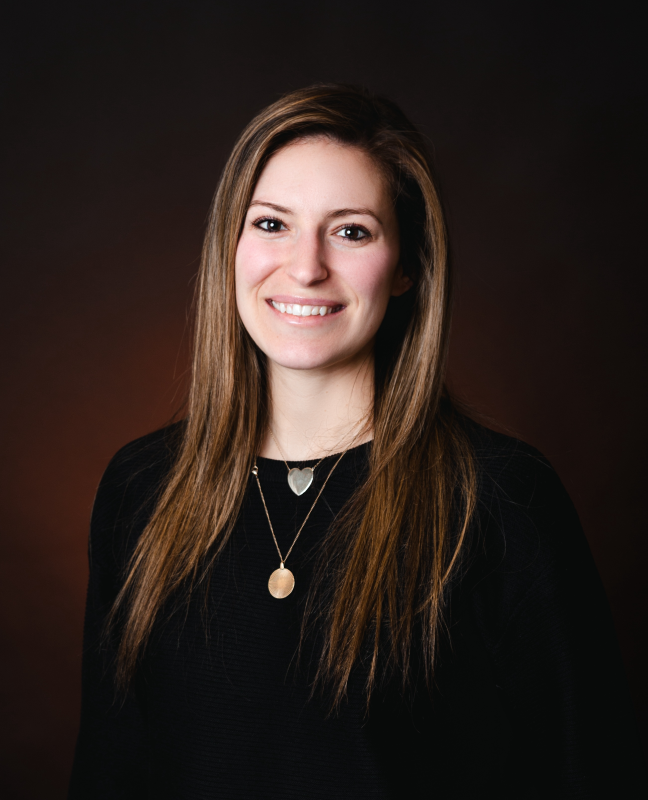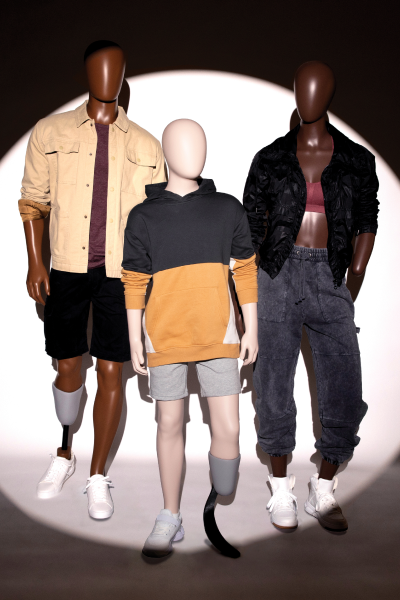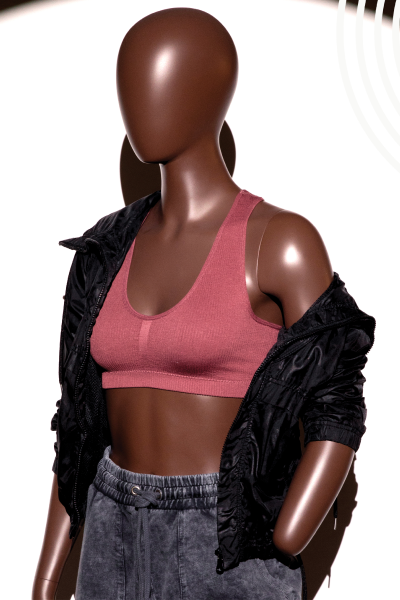When you’re out shopping for that cute new look, the mannequin modeling the outfit might be the last thing you notice. But it has an effect. At Target, for example, having garments properly displayed on mannequins, as higher-end department stores do, increased sales by 30%.
“It speaks volumes to walk into a store and see what clothing looks like on someone similar to your size,” says Gina Larochelle Egan, Fashion Merchandising Management ’14, an account executive at Fusion Specialties, the world’s largest mannequin producer in a $7 billion industry. “Everyone’s a different shape, and that’s exactly how we approach the mannequins.”

Fusion produces mannequins in a wide range of forms and finishes, including its Empower line for plus-size garments, Prism for gender-neutral looks, and Para for adaptive wear for people with disabilities.
The company provided forms from its Para line for a Runway of Dreams Foundation fashion show “so disabled kids and adults could see the fashions on the runway, then on wheelchair mannequins in the store,” Egan says.
Nike increased sales by featuring Fusion’s plus-sized mannequins. And custom models are gaining traction for gender-neutral and athleisure lines.
Egan ensures smooth executions of custom orders. “Our catalog offers baseball forms, but Dick’s Sporting Goods might want a catcher or golf forms posed in different swings, so we’d design it,” she says. Fusion also supplies Abercrombie & Fitch (plus subsidiary brands Hollister and Gilly Hicks) with proprietary hand-stitched forms that are tea-stained to look vintage.
To create a mannequin template, an artist makes a clay sculpture of a live model and then photographs it and scans it into 3D software. The company manufactures in Mexico, Spain, Turkey, and China to keep shipping costs and lead times low.
Fusion is committed to sustainability, and its manufacturers use recyclable packaging and renewable energy. The company also offers the Re-Flex line of zero-waste mannequins, which are both recycled and 100% recyclable. Allbirds, a sustainable footwear and apparel brand, uses Re-Flex mannequins. “Sustainability is becoming huge in the fashion world,” Egan says. —Winnie McCroy


